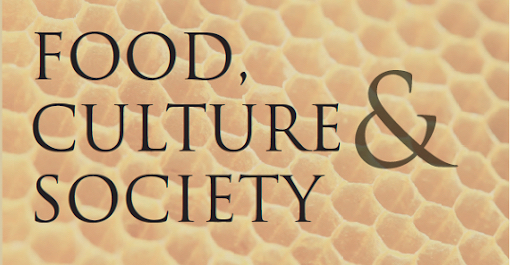The first publication of the project is now online (Open Access). This is the article Climate Diaspora and Future Food Cultures in Snowpiercer (2013) and The Road (2009) that I (Johan Höglund) wrote with my colleague Niklas Salmose. It is part of a special section (soon) published in the journal Food Culture and Society and I edited this section with food studies scholar Ana Grgic. The section also contains the articles ‘“How Authentic is Your Curry”? Performing Diasporic Authenticity in Naben Ruthnum’s Curry: Eating, Reading, and Race’ by Sanghamitra Dalal, and “Samin Nosrat’s Salt, Fat, Acid, Heat: Cooking on TV Gets a Decolonial Makeover” by Sukhmani Khorana.
As the abstract states, the article takes as its starting point the EAT-Lancet Commission’s observation that the existing food regimes and the food systems that enable them are drivers of climate change. The article describes how transitioning to a more sustainable food regime is not only a systemic problem but also a profound cultural challenge as the way that people eat is deeply connected to questions of identity and belonging. The article then turns to culture and explores how the awareness that current food systems are unsustainable is being mediatized and narrated in popular fiction and film. The article notes how such media often depicts humans in worlds where the current food system has collapsed, forcing also people in the Global North to move or otherwise adapt to a changing climate, and, in the process, to profoundly alter the way they eat. The primary material of the study undertaken in the article consists of two widely circulated, bid-budget films: Bong Joon-ho’s Snowpiercer (2013), and John Hillcoat’s The Road (2009). The analysis of these films shows that they employ food, eating and migration to make life in a future transformed by climate change comprehensible to the reader. The article also investigates how the fiction studied connects food and eating to the existing world-system and thus to the material history that is driving the climate crisis. In the conclusion, we discuss the possibilities but also the limitations afforded by these texts in their exploration of socio-ecological breakdown with the help of food and eating.

